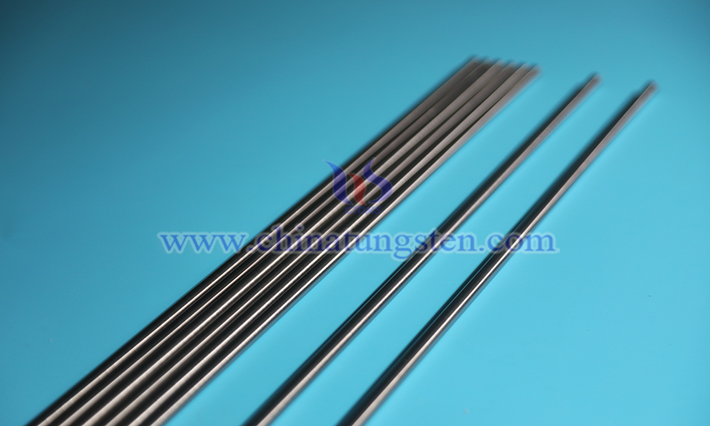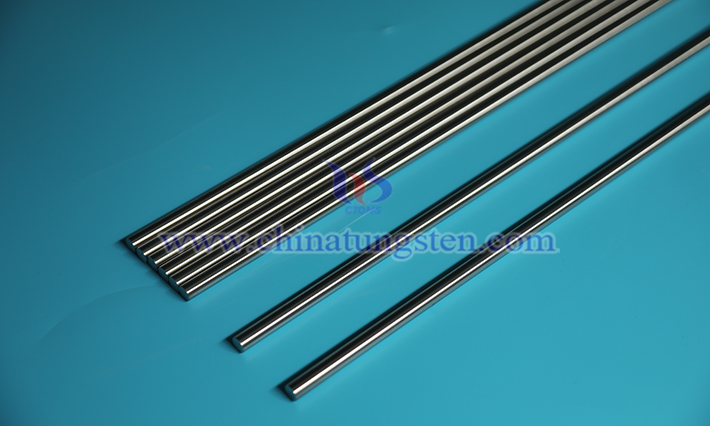Material Composition of Tungsten-Nickel-Iron Alloy
- Details
- Category: Tungsten Information
- Published on Monday, 07 July 2025 16:15
Tungsten-nickel-iron alloy (W-Ni-Fe alloy) is a high-density alloy with tungsten as its matrix, allowing for a balance of density, strength, toughness, and cost through the adjustment of the nickel-iron ratio or the addition of trace elements. It is widely used in aerospace, defense, medical devices, and other fields. The alloy’s material composition includes tungsten, nickel, iron, carbon, and other elements.

Tungsten (W): Comprising 90%–98%, it serves as the matrix element, forming a continuous framework that imparts high density, a high melting point (3,410°C), and excellent thermal shock resistance. The tungsten content influences density and high-temperature stability; for example, a 90W-7Ni-3Fe alloy has a density of about 17.1 g/cm³, a 95W-3Ni-2Fe alloy around 18.1 g/cm³, and a 97W-2Ni-1Fe alloy approximately 18.5 g/cm³.
Nickel (Ni): The primary component of the binder phase, it forms a face-centered cubic γ-phase with iron, enveloping tungsten particles. This phase enhances toughness and processability through solid-solution and dislocation strengthening. Nickel also prevents abnormal grain growth during sintering, refining grain size, and reduces iron’s magnetism, improving the alloy’s performance in electromagnetic shielding applications.

Iron (Fe): Works synergistically with nickel to boost strength via solid-solution strengthening while lowering raw material costs. Iron content must be carefully controlled, as excess can increase brittleness. A common nickel-iron ratio is 7:3, as seen in the typical grade 90W-7Ni-3Fe, where strength and toughness are well-balanced, making it suitable for aerospace counterweights and armor-piercing cores. Studies indicate that, under slow cooling post-sintering, this ratio outperforms high nickel-iron ratio alloys, which may precipitate non-dispersive β-phase in the binder, increasing brittleness.
Trace Elements: The addition of carbon (C) forms carbides (WC or W₂C), inhibiting grain growth and enhancing wear resistance, while chromium improves corrosion resistance. However, the content of these trace elements should be kept within reasonable limits to avoid compromising the alloy’s overall performance.
- Chinatungsten Online: www.chinatungsten.com
- CTIA GROUP LTD: en.ctia.group
- Tungsten News & Price: www.ctia.com.cn
- Molybdenum News & Price: news.molybdenum.com.cn
- Tel.: 86 592 5129696; Email: sales@chinatungsten.com